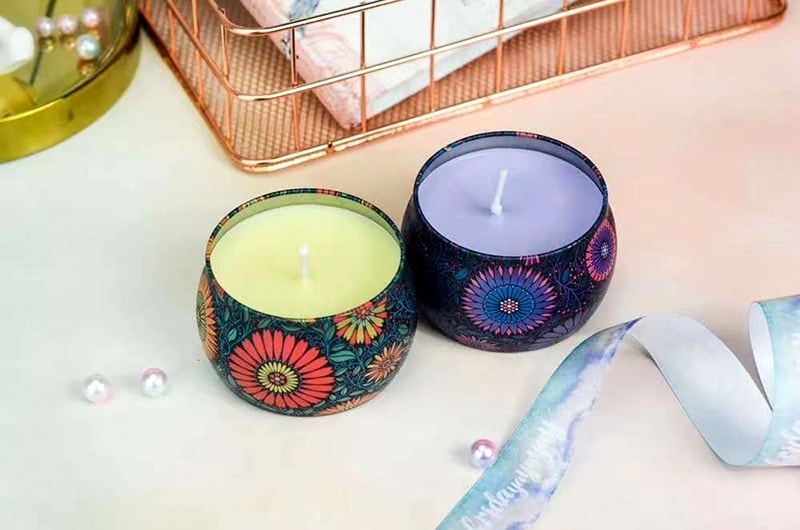
Material Selection and Preparation:
Raw Material Procurement: Procuring tinplate or aluminum sheets, which serve as the primary materials for manufacturing tin cans.Cleaning and Coating: Cleaning the metal sheets to remove contaminants and applying a protective coating to enhance corrosion resistance and facilitate printing.
Forming and Cutting:
Blanking and Cutting: Using high-speed presses to cut the metal sheets into blank circles or rectangles, representing the body, lids, and bottoms of the cans.Deep Drawing: Employing deep drawing machines to form the blanks into the shape of cans, lids, and ends through a series of stamping and drawing operations.

Printing and Coating:
Printing: Utilizing lithography or offset printing methods to apply decorative and informative designs, branding, and product information onto the formed metal sheets.Coating: Applying lacquers or protective coatings over the printed designs to enhance durability, prevent corrosion, and maintain the visual appeal of the cans.
Assembly and Seaming:
Roll Forming: Rolling and forming the printed and coated metal sheets into cylindrical shapes to create the can bodies, followed by seaming the edges to create a secure seam.Lid and Bottom Fitting: Attaching the pre-cut lids and bottoms to the formed can bodies, ensuring a precise fit and airtight seal through mechanical or adhesive methods.
Sterilization and Quality Control:
Sterilization: Subjecting the assembled cans to sterilization processes to ensure proper hygiene and preservation of the contents, particularly for food and beverage packaging.Quality Assurance: Conducting thorough quality control checks to inspect the integrity of seams, print quality, coating consistency, and overall dimensional accuracy prior to packaging.